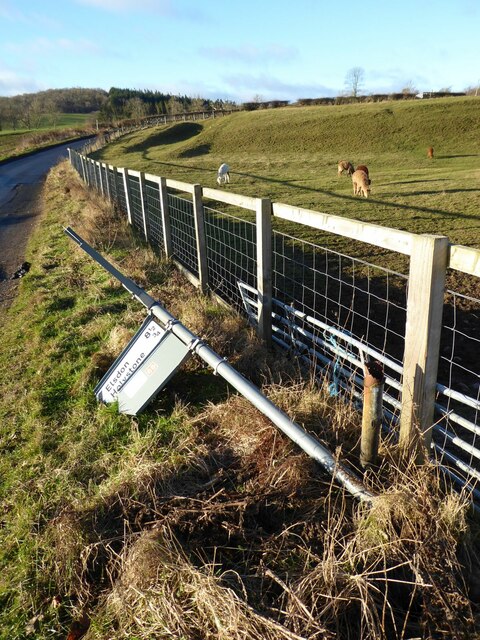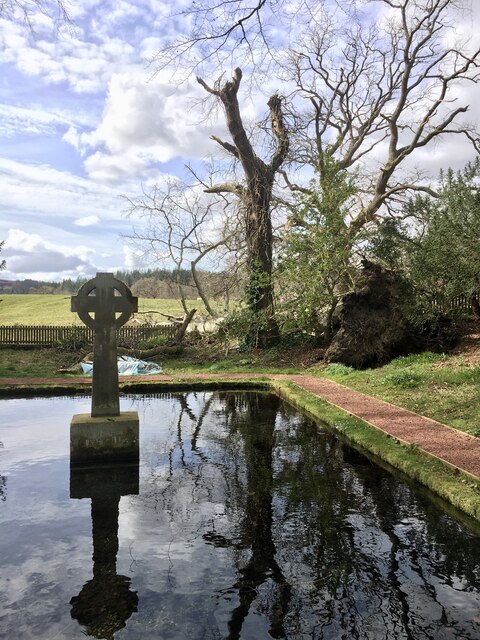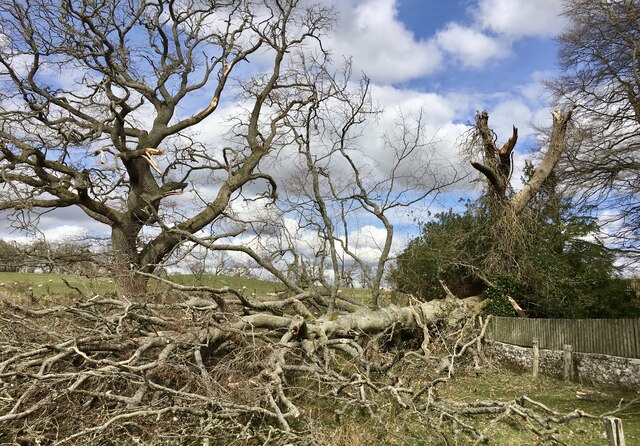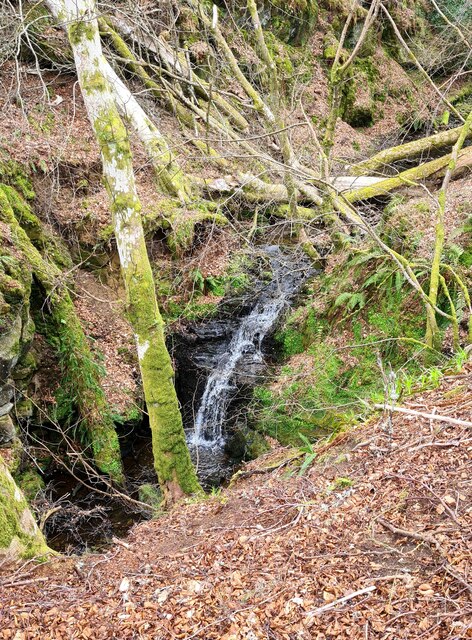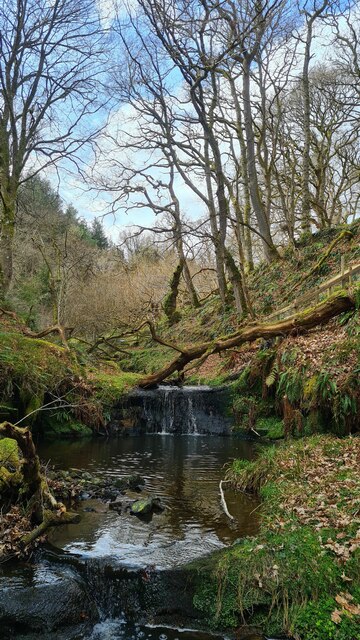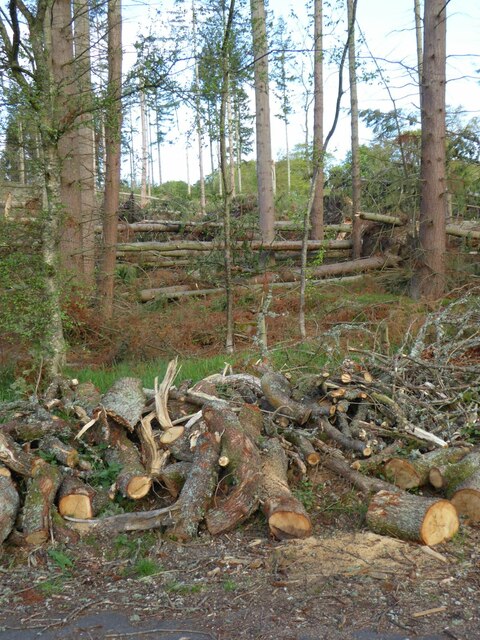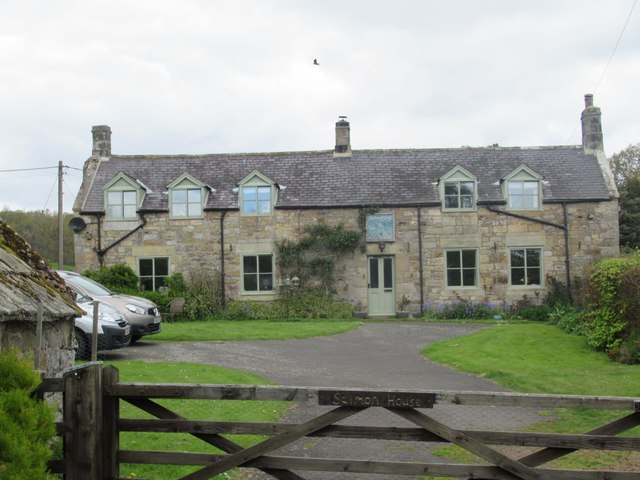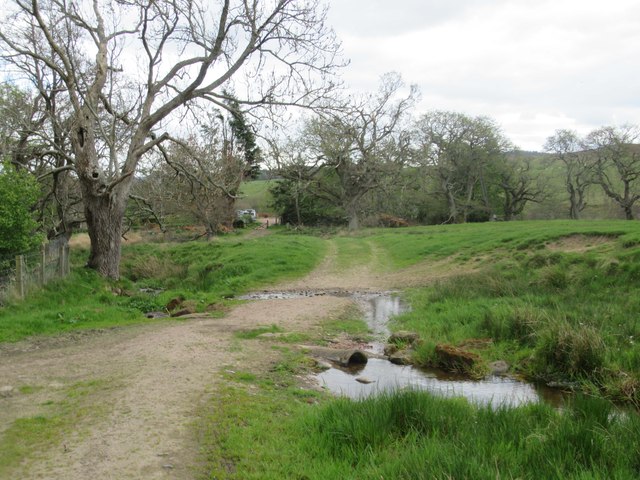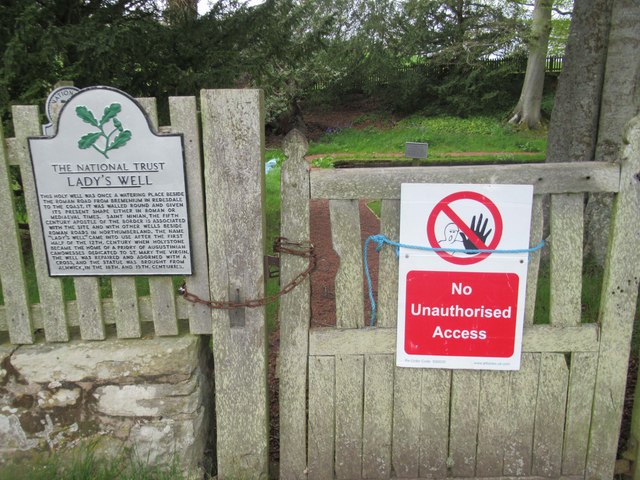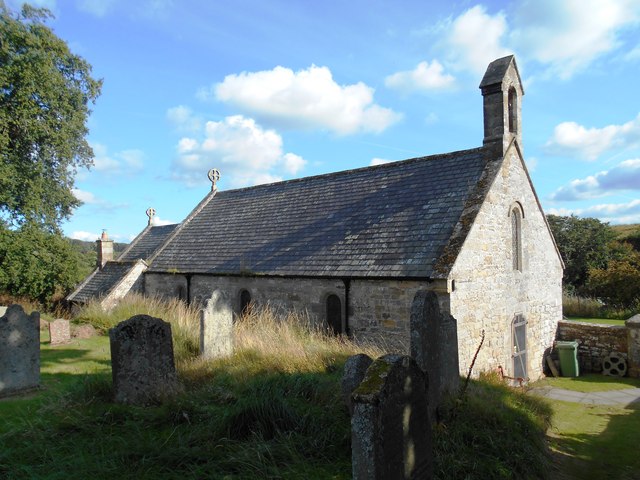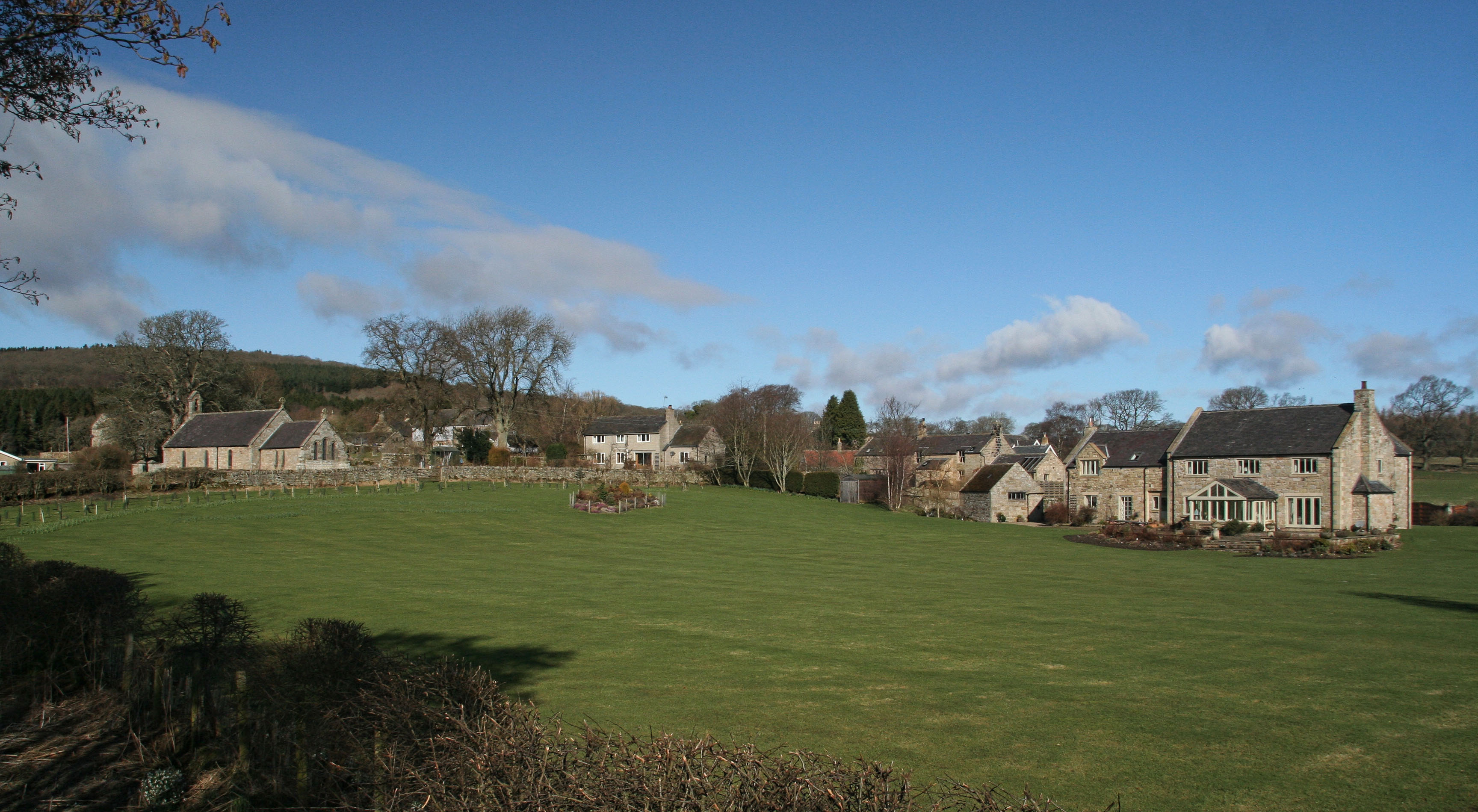Lady's Well
Heritage Site in Northumberland
England
Lady's Well

Lady's Well is a historic and culturally significant heritage site located in Northumberland, England. Nestled amidst the picturesque countryside, the well is believed to have been a place of pilgrimage for centuries, attracting visitors seeking healing and blessings.
The well is named after the Lady of the Well, a revered figure in local folklore. According to legend, she was a medieval noblewoman known for her charitable acts and miraculous healing abilities. It is said that the Lady's Well holds sacred waters with healing properties, making it a popular destination for those seeking physical or spiritual relief.
The site itself is marked by a stone wellhouse, which is a small structure built around the sacred spring. The wellhouse features a low, arched entrance and a stone-lined interior where visitors can access the spring water. The surrounding area is adorned with lush greenery and tranquil nature, providing a serene and peaceful atmosphere for contemplation and reflection.
Lady's Well has maintained its significance throughout the centuries, with evidence of its use dating back to medieval times. The site has attracted pilgrims, historians, and tourists alike, who visit to experience the site's rich history and unique ambiance. It serves as a tangible link to the past, reflecting the cultural importance of pilgrimage in the region.
Today, Lady's Well continues to be cherished as a heritage site, offering visitors the opportunity to connect with Northumberland's ancient traditions and to experience the peacefulness and spirituality associated with the sacred waters of the Lady's Well.
If you have any feedback on the listing, please let us know in the comments section below.
Lady's Well Images
Images are sourced within 2km of 55.32/-2.076 or Grid Reference NT9502. Thanks to Geograph Open Source API. All images are credited.
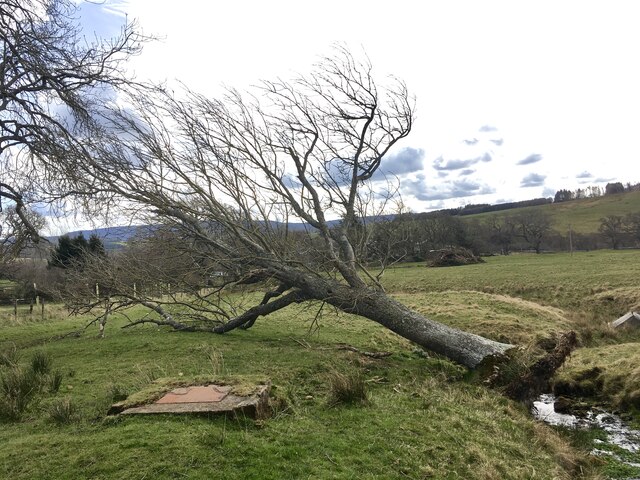
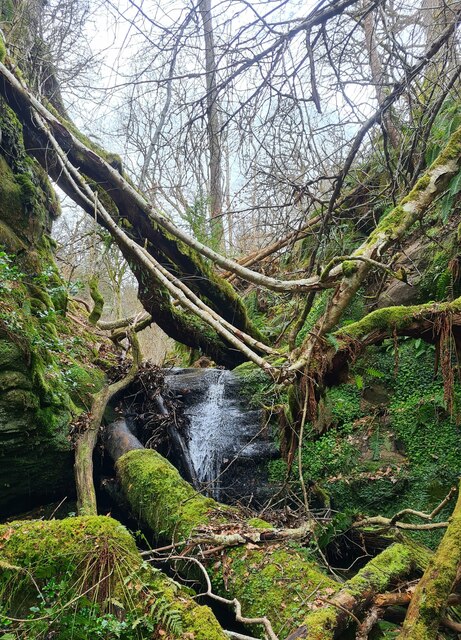

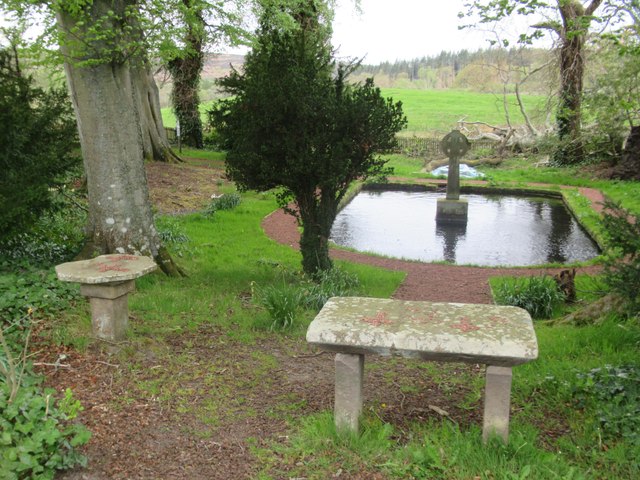
Lady's Well is located at Grid Ref: NT9502 (Lat: 55.32, Lng: -2.076)
Unitary Authority: Northumberland
Police Authority: Northumbria
What 3 Words
///blunders.starts.connector. Near Rothbury, Northumberland
Nearby Locations
Related Wikis
Holystone, Northumberland
Holystone is a small village and former civil parish, now in the parish of Harbottle, in Northumberland, England. It lies on the edge of (and just within...
Sharperton
Sharperton is a small settlement and former civil parish, now in the parish of Harbottle, in Northumberland, England. Sharperton is the site of a deserted...
Harbottle
Harbottle is a village and civil parish in Northumberland, England about 10 miles (16 km) south-east of the Scottish border, in the southeastern part of...
Harbottle Castle
Harbottle Castle is a ruined medieval castle situated at the west end of the village of Harbottle, Northumberland, England, 9 miles (14 km) west-north...
Hepple
Hepple is a small village and parish in rural Northumberland, 4 miles (6.4 km) west of Rothbury, which provides most of its local services. It is on the...
River Alwin
The River Alwin is a short, steep upland river that drains the Kidland Forest on the southern flanks of the Cheviot Hills, in the Northumberland National...
Alwinton
Alwinton (previously named "Allenton" and sometimes still referred to as this) is a village and former parish in Northumberland, England. Alwinton is named...
Clennell Hall
Clennell Hall is an historic manor house, now operated as a country hotel, situated at Clennell, near Alwinton, Northumberland, England. It is a Grade...
Nearby Amenities
Located within 500m of 55.32,-2.076Have you been to Lady's Well?
Leave your review of Lady's Well below (or comments, questions and feedback).

